Dive into the crystal-clear waters of Iceland and discover a world where fire meets ice. Snorkeling in Iceland isn't just an activity; it's an invitation to witness the marvels of nature from a perspective few dare to explore.
With tourism numbers blossoming, welcoming nearly two million curious souls annually, this land of extremes has become a bucket-list destination for adventurers and serenity-seekers alike. Whether you're gliding over the rift between tectonic plates or marveling at the underwater wonders, snorkeling here is a must-do that promises to etch itself into your cache of cherished memories.
Join us as we unveil the essentials of embracing the subaquatic splendor of Iceland.
The Best Places to Snorkel in Iceland
From the icy rifts to the geothermal hot springs, the Land of Fire and Ice offers an array of enchanting locations for snorkeling in Iceland. Whether you're a seasoned snorkeler or a beginner, these waters promise a unique experience.
And to top it all off, why not pair your snorkeling venture with a thrilling tour of the Golden Circle? Let's submerge into the world of Icelandic snorkeling and discover the best spots to kickstart your journey.
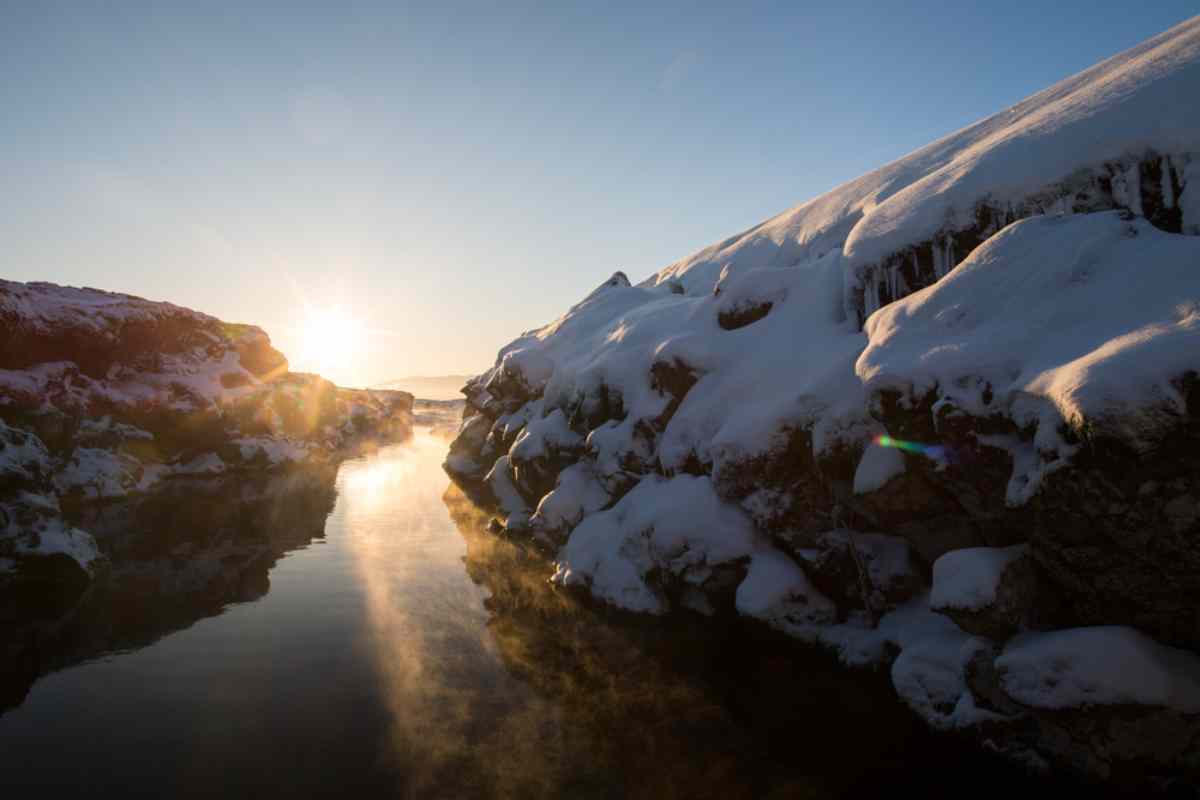
Snorkeling at Silfra
If you've been dreaming about snorkeling in Iceland between tectonic plates, then snorkeling at Silfra is the place you've been looking for. Located in the Þingvellir National Park, this remarkable fissure offers an extraordinary underwater journey, where visibility can extend up to 120 meters (394 feet), thanks to the glacial water naturally filtered through lava rock for decades.
While the marine life is modest, the occasional visit from fish of Þingvallavatn Lake and the vibrant 'troll hair' seaweed create a colorful underwater tapestry. Summer is the prime season for a Silfra snorkeling tour, offering slightly warmer waters and more comfortable snorkeling conditions. Reviews from snorkelers consistently praise the crystal-clear waters and the unique sensation of floating between two continents.
Remember, snorkeling at Silfra is a protected experience, and it is not permitted without a guided tour. There are a variety of tours available, ensuring that everyone can safely enjoy the sublime beauty of Silfra's underwater world.
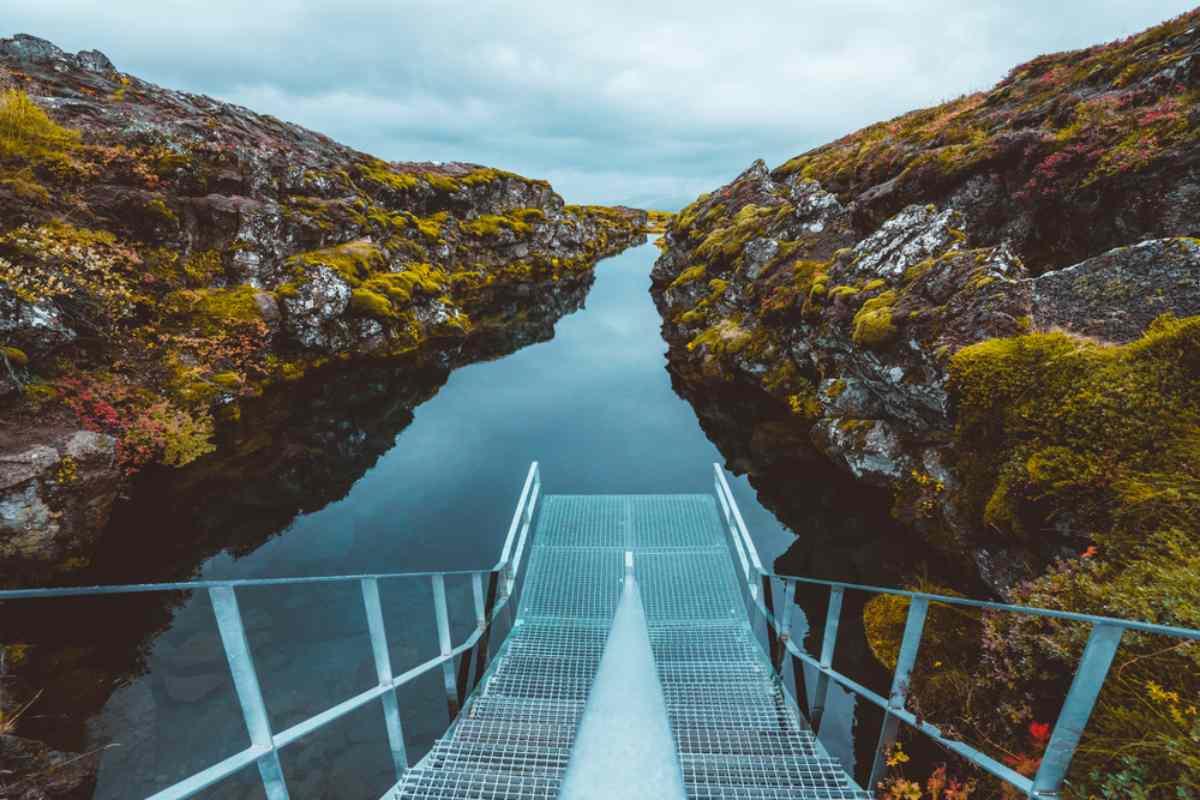
Snorkeling in Kleifarvatn Geothermal Lake
Nestled just 30 minutes from Reykjavík, the tranquil Kleifarvatn Geothermal Lake on the Reykjanes Peninsula is a hidden gem for snorkeling in Iceland. This unique spot is a snorkeler's delight, offering the rare floating experience above simmering geothermal vents.
Unlike other locations, the marine life here is minimal. Still, the underwater hot springs provide a mesmerizing spectacle, making it a must-visit for any snorkeling enthusiast.
Visitors often find the best time for snorkeling at Kleifarvatn is during the summer, when the mild Icelandic climate meets the surprisingly warm waters heated by volcanic activity beneath. Snorkelers' reviews frequently mention the lake's stillness and the visceral connection to the earth as they watch the hot springs bubble and swirl below.
Kleifarvatn sets itself apart as a snorkeling destination in Iceland. It offers warmth and wonder in its clear, geothermal waters and a peaceful retreat from popular snorkeling spots like Silfra.
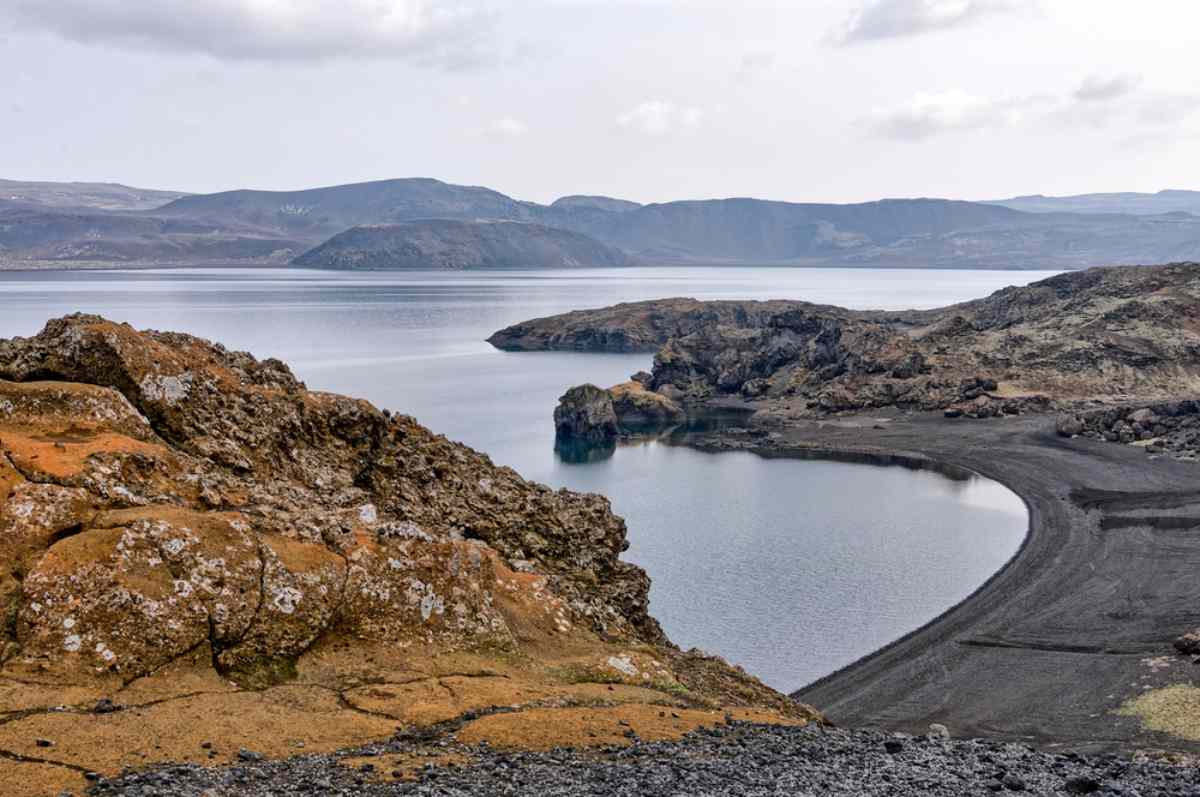
Snorkeling in River Litlaá
Discover the geothermal wonders of Iceland snorkeling with a dip in the warm waters of River Litlaá. This little corner of paradise offers a unique snorkeling experience with water temperatures around 17°C (63°F), creating a comforting contrast to the crisp Icelandic air.
The river's beauty is amplified by the striking sand formations shaped by hot springs and the vibrant colors and textures of the algae and sediment embedded in the sandy riverbed. Situated just south of the famed Golden Circle, River Litlaá is an accessible and fascinating addition to any trip, seamlessly blending with your route. Snorkeling here is characterized by the mesmerizing spectacle of geothermally heated waters and the rich biodiversity it hosts.
The river is home to various types of fish, such as brown trout, sea trout, and Arctic Char, enhancing its appeal to snorkelers. While River Litlaá can be enjoyed year-round, summer is the best time to visit due to the extended daylight hours. Reviews from fellow snorkelers underscore the tranquility and beauty of this spot, often referring to it as a hidden gem in the world of snorkeling.
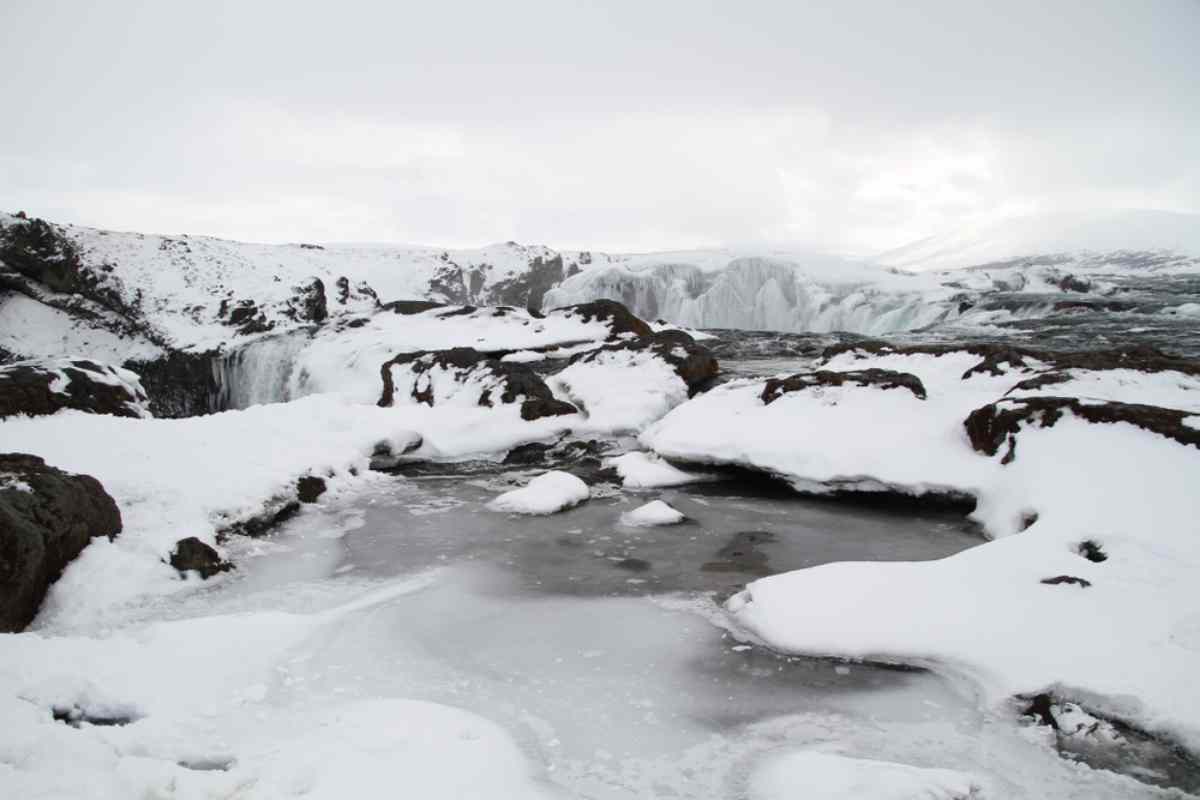
What To See and Do While Snorkeling in Iceland
When you choose to snorkel in Iceland, you're in for an immersive experience filled with vibrant marine life and stunning underwater landscapes. This adventure is not just about the sites but also about the unique interactions you might have under the azure veil of these waters.
- Brown Trout: Known for their beautiful speckled bodies, these fish are commonly found in Icelandic waters. They are elusive and are often a thrilling sight for snorkelers.
- Sea Trout: These are migratory brown trout that spend part of their life in the sea. They are larger than brown trout and are quite a sight in the clear waters.
- Arctic Char: Known for their distinctive pink spots, these fish are a delight to spot. They are the northernmost freshwater fish and thrive in Iceland's cold waters.
- Algae and Sediments: Apart from fish, the vibrant algae and sediment make for a colorful underwater tapestry that's a visual treat.
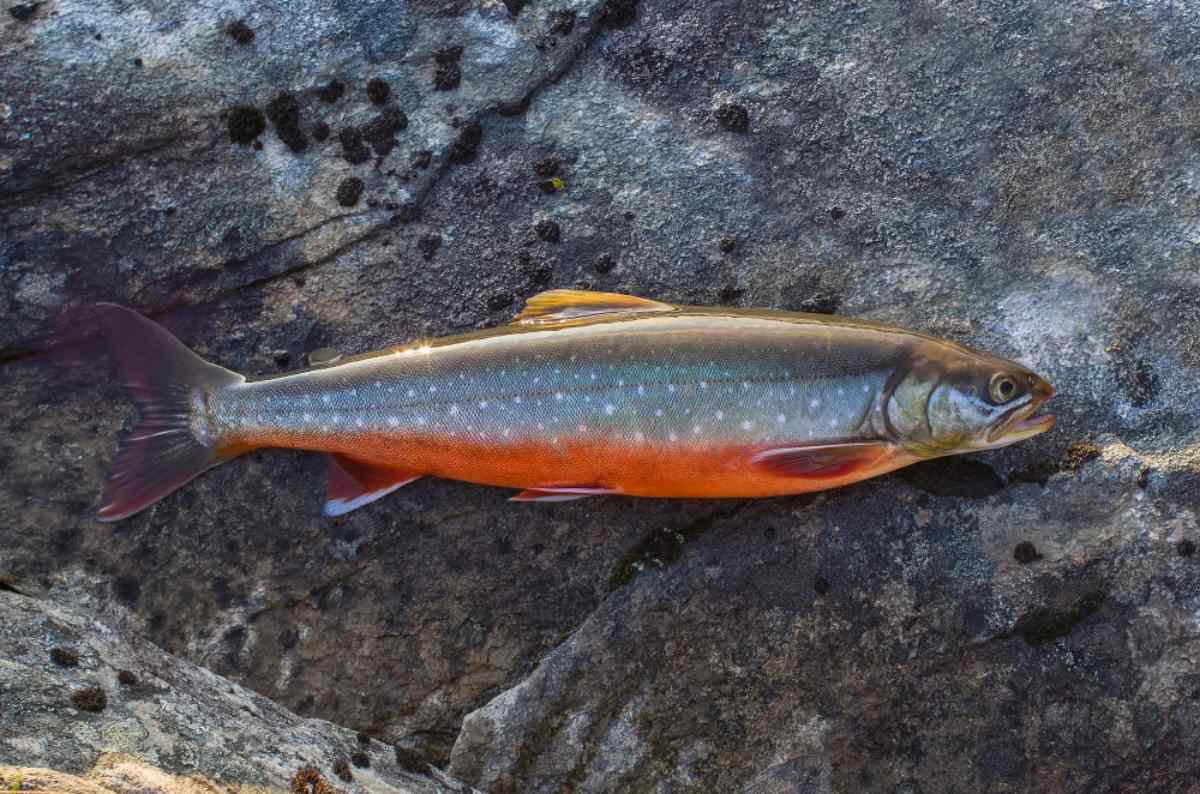
While interacting with marine life, it's essential to remember the following:
- Never touch or disturb the marine life. Maintain a safe distance and observe quietly.
- Avoid feeding the fish as it disrupts their natural diet.
When it comes to capturing your snorkeling adventure, here are a few tips:
- Use a waterproof camera or housing.
- Shoot under natural light and avoid using flash.
- Stay still and allow the marine life to come into the frame naturally.
- Capture the marine life from different angles and perspectives.
- Ensure you're steady while taking the shot to avoid blurry images.
- Lastly, respect the marine environment. Do not disturb the marine life for a photo opportunity.
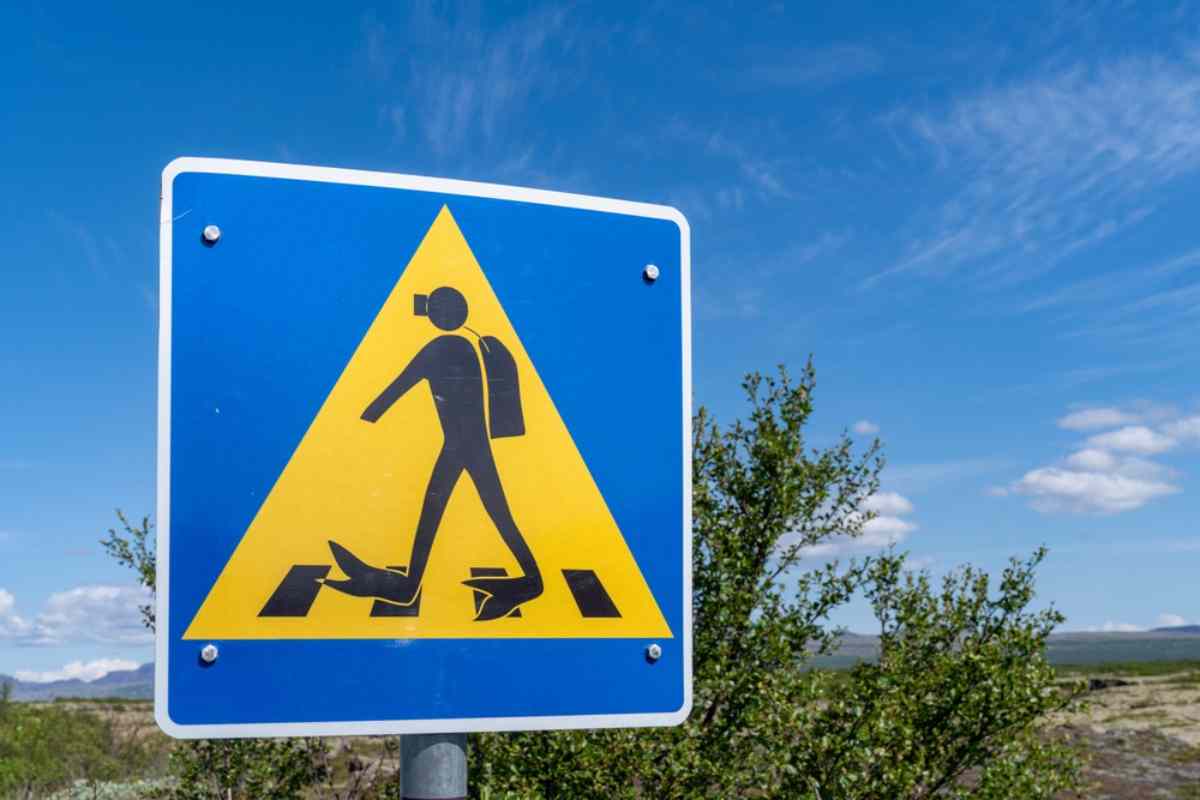
Tips for Snorkeling in Iceland Safely and Responsibly
Undertaking an Iceland snorkeling adventure is a thrilling experience, but it also comes with potential hazards. Given Iceland's unique climate and geology, here are some safety and responsibility tips:
- Cold Water Currents: The water in Iceland can be very cold, even in summer. Ensure your dry suit is well-insulated and appropriately fitted. Consider wearing a thermal layer underneath for extra warmth.
- Strong Currents: Some snorkeling sites may have strong currents. Always follow your guide's instructions, stay close to the group, and don't wander off.
- Staying Warm: Hypothermia is a risk when snorkeling in cold water. It's crucial to keep warm before your dive. Drink hot fluids and layer up.
- Respect Local Laws: Snorkeling in certain areas, like Silfra, requires a guided tour. Respect no-entry signs and protected areas to preserve the natural environment.
- Leave No Trace: Do not touch or disturb the marine life, and ensure you leave the site as you found it. This includes not leaving any litter behind.
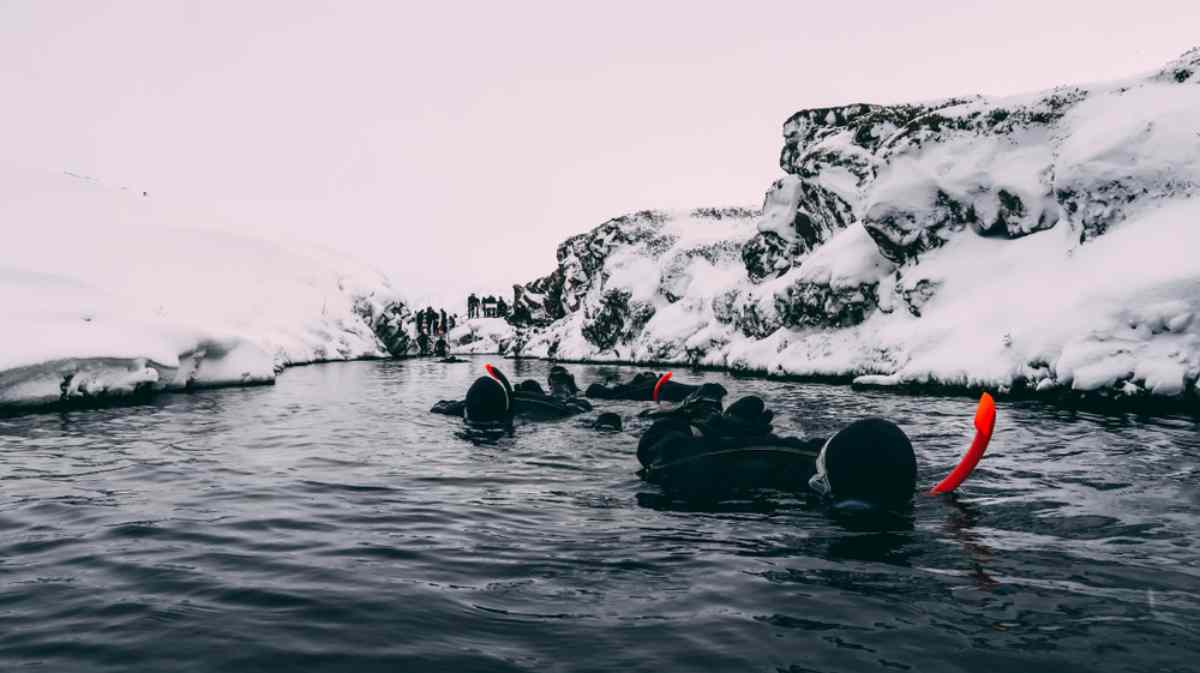
What To Wear and Bring While Snorkeling in Iceland
When planning to snorkel in Iceland, it's crucial to be well-prepared for the unique climate and conditions. Dressing appropriately and having the right gear can make all the difference in your snorkeling experience. Here's a detailed packing list:
- Dry suit: Dry suits are a must when snorkeling in Iceland's cold waters. They help maintain body heat and keep you dry.
- Thermal Layers: Wear thermal layers underneath your dry suit for added warmth.
- Gloves and Boots: Neoprene gloves and boots protect your extremities from the cold.
- Snorkeling Gear: This includes a mask, snorkel, and fins. Make sure they are of good quality and fit well.
- Sunscreen: Despite the cold, sun protection is still necessary.
- Towel: For drying off after your adventure.
- Change of Clothes: It's always a good idea to have a clean, dry set of clothes to change into after snorkeling.
Choosing the right snorkeling gear depends on personal comfort and fit. Always try on your gear before purchase to ensure proper fit. Remember, masks should sit comfortably on your face without leaking, and fins should fit snugly without causing discomfort. Lastly, understand how to use your gear properly - clearing your mask, using your snorkel, and moving in your fins should become second nature before you embark on your snorkeling adventure in Iceland.
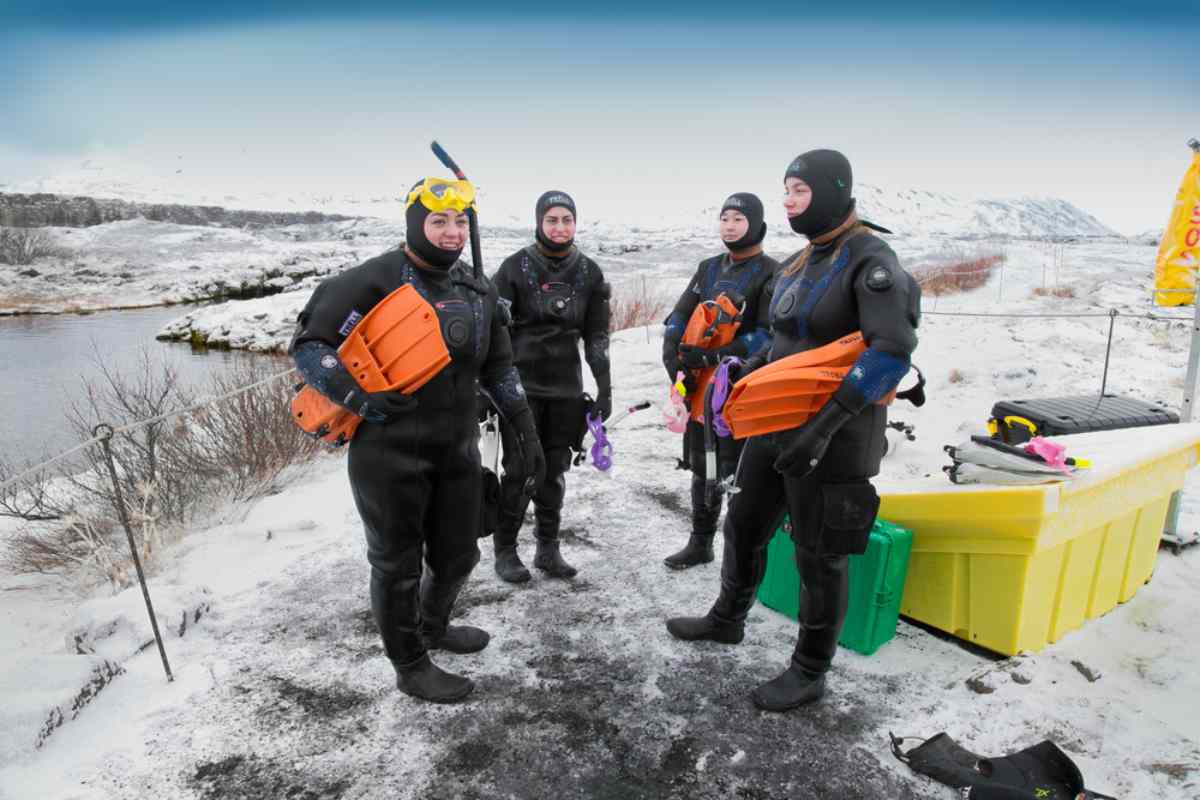
What Is the Best Time of Year to Snorkel in Iceland?
The ideal time to snorkel in Iceland largely depends on your personal preferences and tolerance for cold. However, the Icelandic weather and external events also play crucial roles. Here are some aspects to consider:
- Summer (June to August): This is the most popular time to snorkel in Iceland due to longer daylight hours and slightly warmer temperatures. The vibrant marine life is more active during these months, enriching the underwater experience.
- Winter (December to February): While it's colder, snorkeling in winter offers the unique opportunity to snorkel under the breathtaking Northern Lights. Note that daylight hours are considerably shorter.
- Spring and Autumn: These transitional seasons can blend both worlds with moderate temperatures and less crowded snorkeling spots.
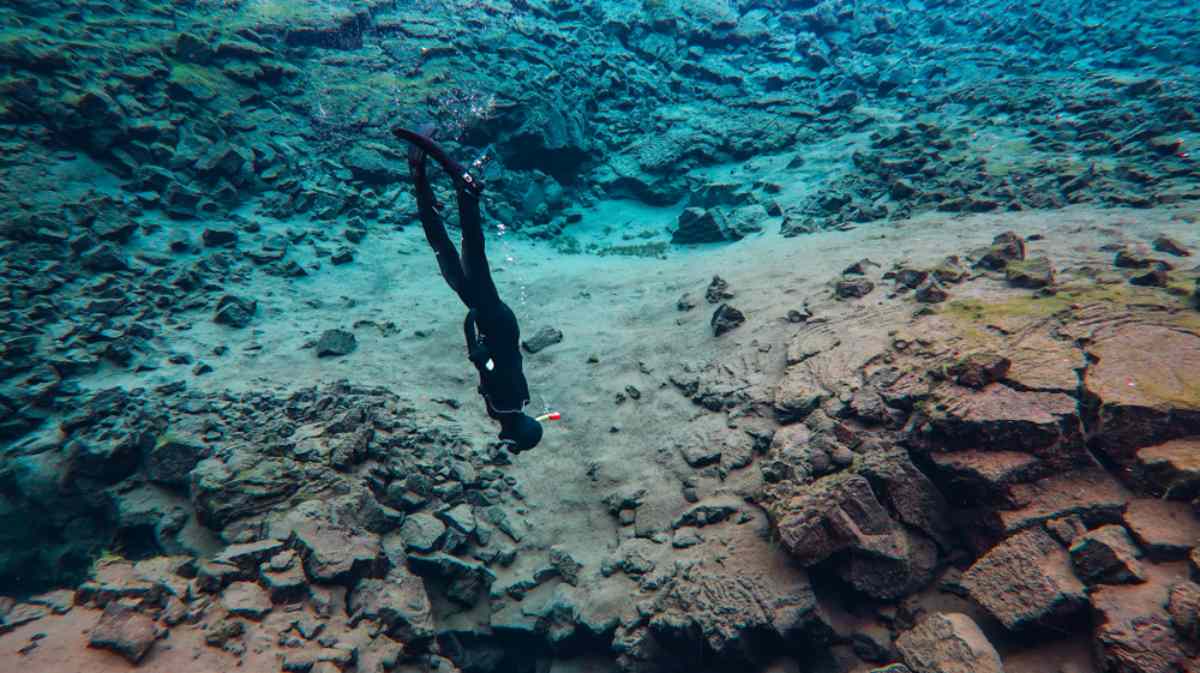
Getting to and From Snorkeling Spots in Iceland
When planning your Iceland snorkeling tour, one of the crucial aspects to consider is transportation. Renting a car in Reykjavík is the most convenient way to get around Iceland and reach the various snorkeling spots.
The freedom of a private vehicle allows you to explore at your own pace and adjust your itinerary based on weather conditions or personal preference. However, if renting a car isn't an option, public transportation can be an alternative, albeit with less flexibility. Buses and shuttle services are available to and from popular snorkeling locations, such as Silfra.
When planning your route, consider factors like road conditions and weather. Navigating the rugged terrain of Iceland can be challenging, especially when driving in winter. Therefore, equip yourself with a reliable navigation system and always check the road and weather updates before setting off.
Common Questions About Snorkeling in Iceland
Do I need a tour guide to snorkel in Iceland?
Yes, it's mandatory to have a guide for snorkeling in specific areas in Iceland, such as Silfra, due to safety and environmental regulations.
What kind of marine life can I expect to see?
Iceland's freshwater offers clear views of unique geological formations rather than abundant marine life. Expect only slight algae growth and occasional Arctic char, trout, or salmon.
Is Silfra snorkeling worth it?
Absolutely, snorkeling in Silfra is worth it, offering a unique experience of floating between two tectonic plates in crystal-clear, glacial water.
Can you snorkel Silfra without a tour?
No, snorkeling in Silfra without a tour is prohibited due to safety and environmental regulations.
Is snorkeling in Iceland cold?
Yes, snorkeling in Iceland can be cold due to the low water temperatures, which typically range from 2°C to 4°C (36-39°F) throughout the year.


 By
By



